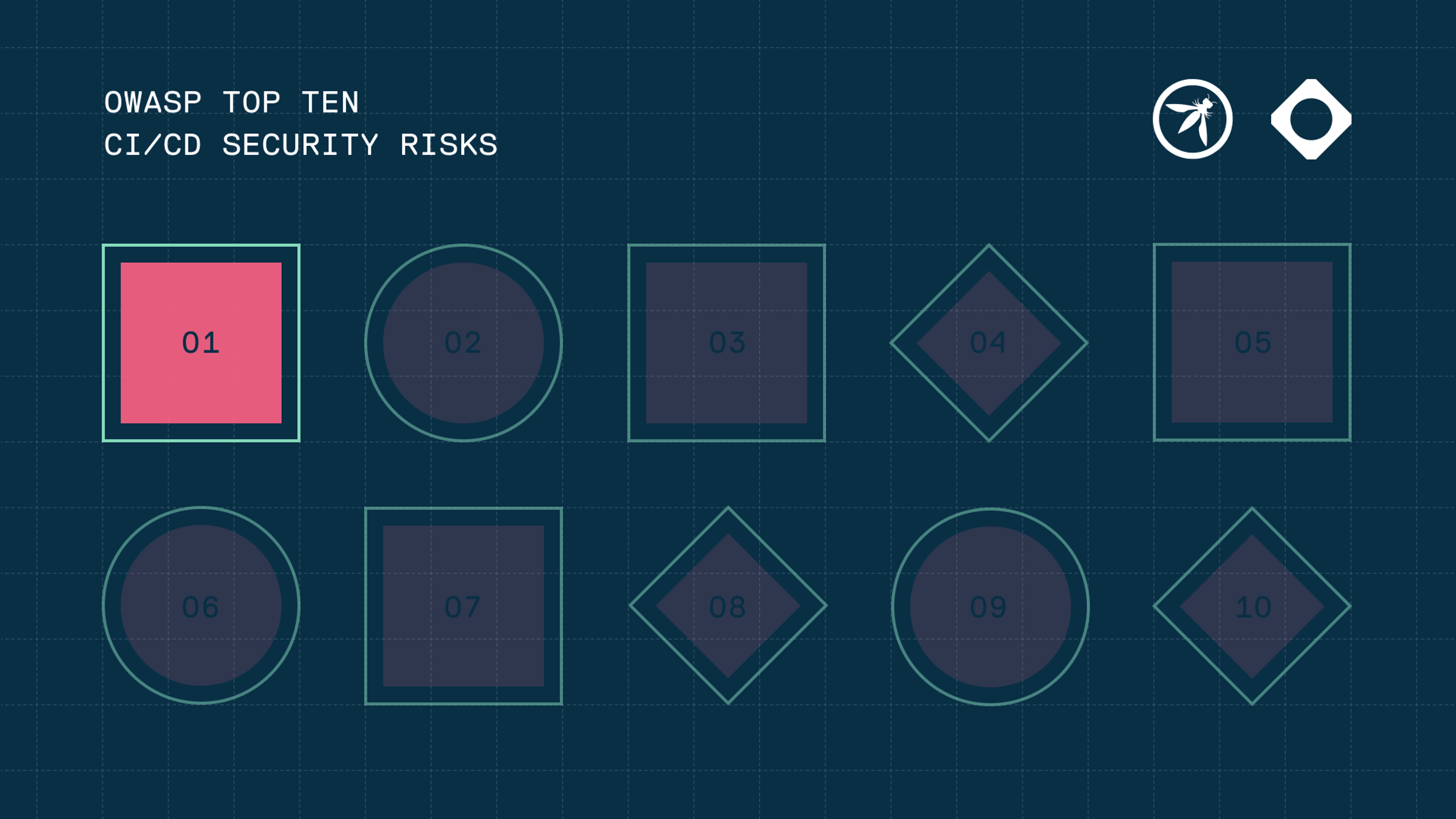
OWASP CI/CD Part 8: Ungoverned Usage of 3rd Party Services
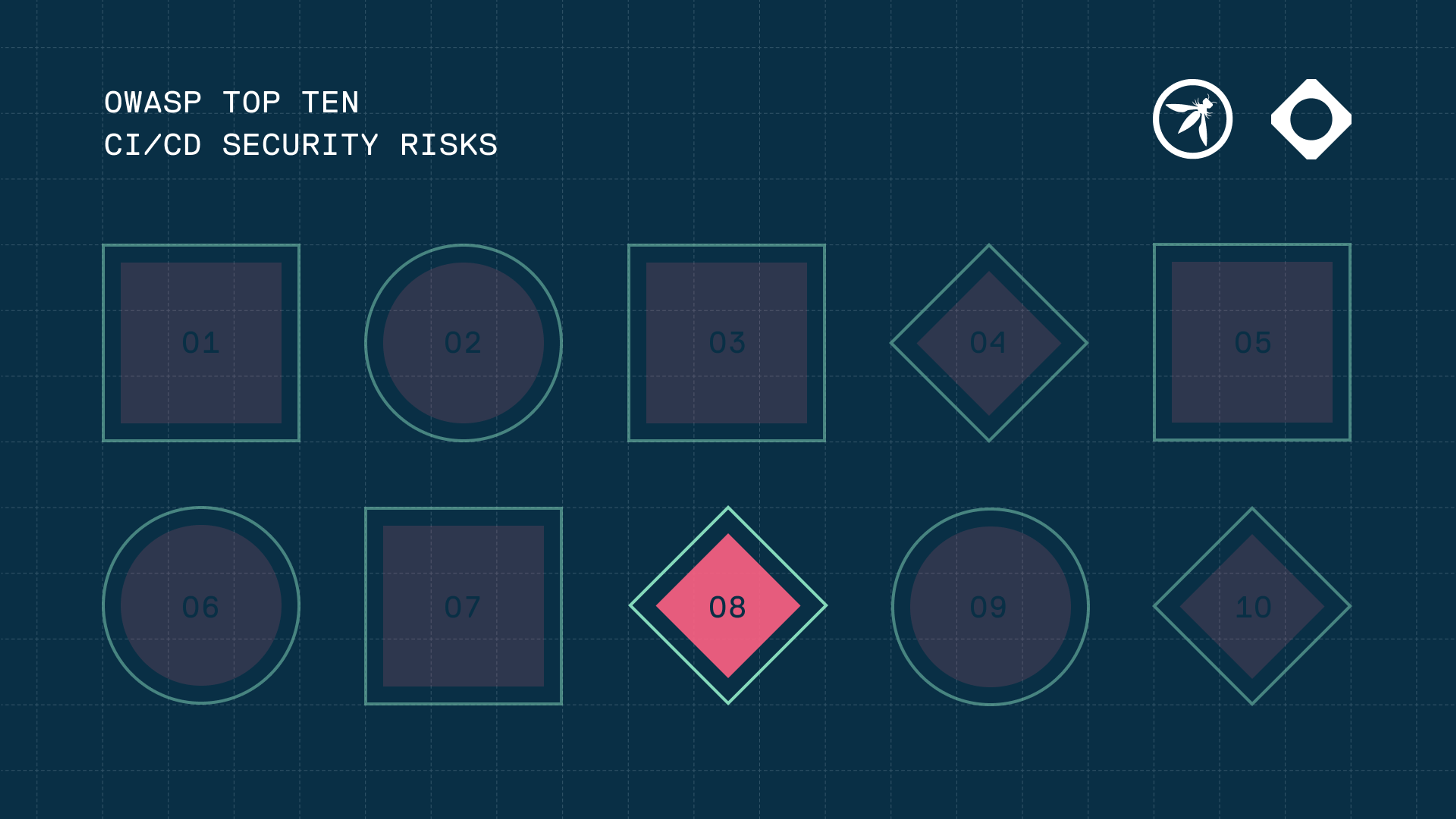
- OWASP CI/CD Part 1: Insufficient Flow Control
- OWASP CI/CD Part 2: Inadequate IAM
- OWASP CI/CD Part 3: Dependency Chain Abuse
- OWASP CI/CD Part 4: Poisoned Pipeline Execution (PPE)
- OWASP CI/CD Part 5: Insufficient PBAC
- OWASP CI/CD Part 6: Insufficient Credential Hygiene
- OWASP CI/CD Part 7: Insecure System Configuration
- OWASP CI/CD Part 8: Ungoverned Usage of 3rd Party Services
- OWASP CI/CD Part 9: Improper Artifact Integrity Validation
- OWASP CI/CD Part 10: Insufficient Logging and Visibility
The boundaries of what organizations build internally and what they adopt externally have blurred. Developers routinely integrate third-party services into critical CI/CD pipelines, often with minimal friction and limited oversight. This rapid plug-and-play convenience, while key to modern engineering velocity, is also quietly expanding the attack surface in ways many teams struggle to track - let alone govern. This issue is no longer whether to use third-party services in your SDLC; it must be a discussion of how well you understand and control these third-party integrations within your software supply chain.
What is the risk of ungoverned 3rd party service usage in CI/CD?
Ungoverned usage of third-party services is a systemic vulnerability. These services often receive broad access to source code repositories, build environments, and deployment workflows. Worse still, that access is frequently granted without rigorous vetting or centralized control. It’s trivially easy to wire up a GitHub OAuth application, drop an integration token into a CI pipeline, or add an open-source action from a marketplace - and in that moment, a third party becomes an implicit actor within your development lifecycle. From reading source code to injecting build artifacts, their potential impact scales with the permissions they're granted, and too often, those permissions are overly permissive by default.
Third-party integrations are a growing attack surface in CI/CD pipelines
The 2025 Cloudsmith Artifact Management Report highlights this security blind spot with clarity. More than 67% of developers surveyed say they review AI-generated code from third-party services like GitHub Copilot and Cursor before every deployment, yet large portions of production code may still go unvetted. This is quickly becoming a growing vulnerability in the software supply chain. And with estimates suggesting that AI-generated code now comprises up to half of modern codebases, it reflects a growing recognition that while third-party AI services accelerate delivery, they also demand enterprise-grade governance that most organizations are still catching up to implement.
Today’s integrations extend well beyond OAuth tokens, as outlined in control 8 of the OWASP top 10 for CI/CD pipelines. In GitHub alone, third parties can interface via applications, SSH keys, token provisioning, and even webhook configurations - each a potential pivot point for adversaries. In build systems like GitHub Actions or CircleCI, external plugins or shared pipeline components can be injected with little more than a few lines of YAML. These integrations often inherit the full context of the build environment, including secrets, signing keys, and deployment permissions. Without tight scoping, sandboxing, or runtime constraints, the consequences of compromise ripple far beyond a single stage.
Model Context Protocol (MCP) solutions aim to address this by providing a unified interface for all these third-party APIs, tools, and data sources, reducing the complexity of managing multiple integrations. Whether fetching data from a database or making a third-party API call, the same protocol is used throughout. That said, integrating MCP with your CI/CD pipeline introduces additional security concerns, such as the potential for prompt injection, credential exposure, and supply chain attacks - particularly in agentic AI apps. Vendors need to build secure solutions to prevent manipulation of model outputs that could lead to data leakage, unintended actions, or even system compromise.
Example: GitHub Actions and Supply Chain Risk
Similarly, supply chain attacks against open source projects often begin by exploiting insecure GitHub Actions workflows. These workflows frequently contain secrets that attackers can exfiltrate, resulting in privilege escalation within the repository. The pull_request_target trigger is widely known to be particularly vulnerable due to its interaction with public forks, which can allow untrusted code to run with elevated permissions. Workflows that use this trigger should be treated with special care, as should the associated security risks. Sysdig threat researchers recently discovered that pull_request_target was far from the only insecure GitHub Actions workflow in active use.
This interconnectedness is precisely what makes the ungoverned use of third-party services so dangerous. Once a malicious actor compromises a seemingly harmless plugin, service, or GitHub Action with write access, they can cascade their control - from modifying a repository, to triggering builds, to deploying tampered artifacts into production. In this light, every under-reviewed integration is a supply chain risk waiting to be exploited.
Enforcing governance for 3rd party services in CI/CD pipelines
Organizations are beginning to understand that governance must be continuous, not just front-loaded. It’s not enough to approve a service at the point of integration. Visibility into what services are active, how they were connected, what they were granted, and what they are actually doing must be ongoing. And when access is no longer needed, de-provisioning must be swift and definitive. Without this lifecycle discipline, the principle of least privilege remains aspirational rather than operational.
Modern artifact management solutions are uniquely positioned to support this evolution. By embedding policy-as-code capabilities, they automate enforcement of access controls and security gates across every environment. From the first artifact check-in to its distribution across edge or cloud, these systems become not just repositories, but security control planes. They enable organizations to implement fine-grained governance over what is built, how it’s built, and who has the power to influence it.
Balancing CI/CD velocity and visibility in supply chain security
The convenience of third-party services can no longer outpace the control mechanisms that govern them. To build securely at scale, organizations must treat integrations not as trusted accelerators, but as entities to be continuously validated, constrained, and monitored.
As highlighted in our 2025 findings, the future of secure software delivery hinges on this balance between velocity and visibility - and the organizations that master it will be those that survive and thrive in the era of increasingly sophisticated supply chain threats.
Learn More: Free OWASP CI/CD Security eBook
If you found this guide helpful and want to dive deeper into securing your CI/CD pipelines, beyond credential hygiene best practices, be sure to check out our free Cloudsmith eBook on the OWASP Top 10 for CI/CD security risks - download it here.
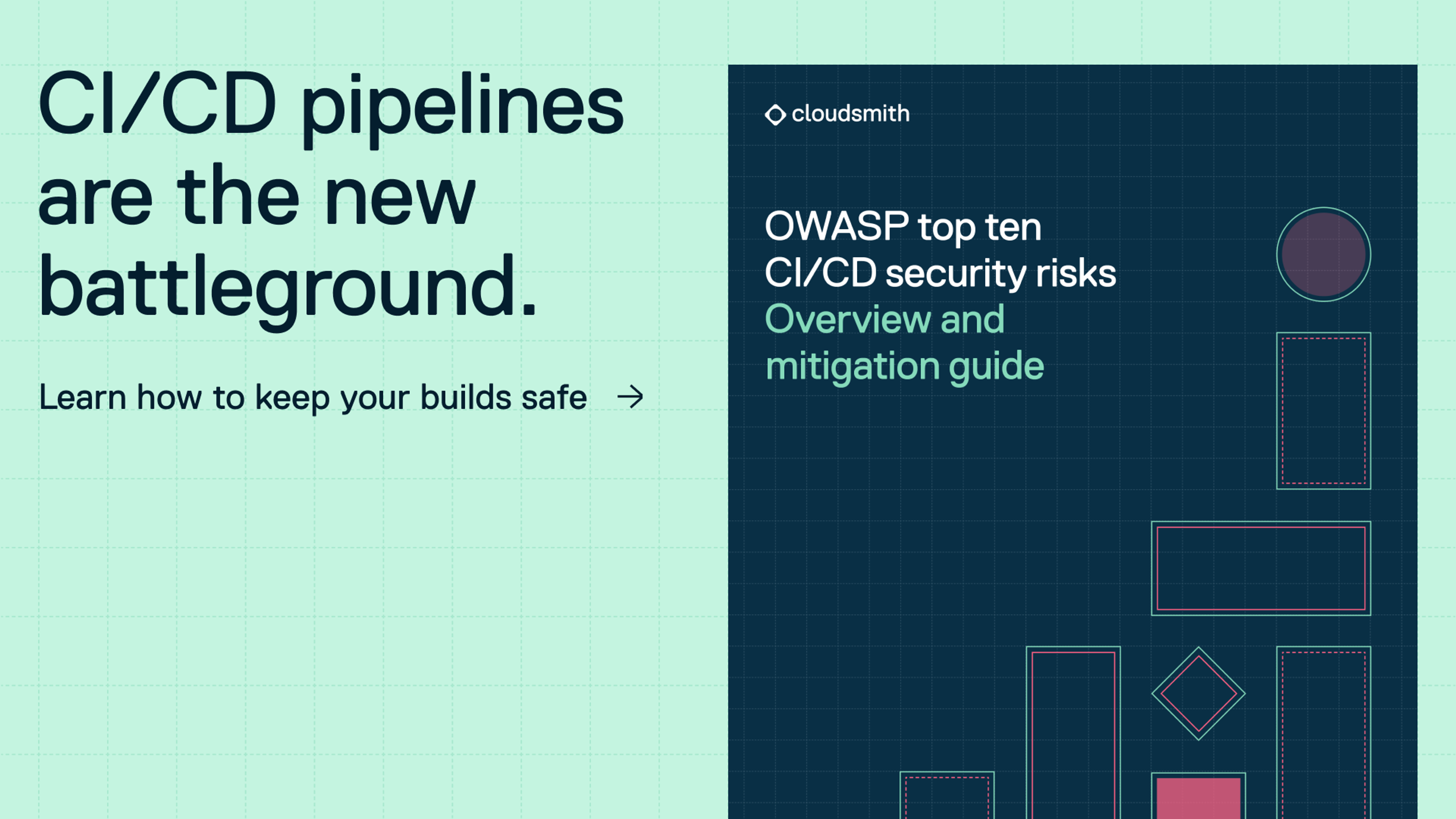
More articles

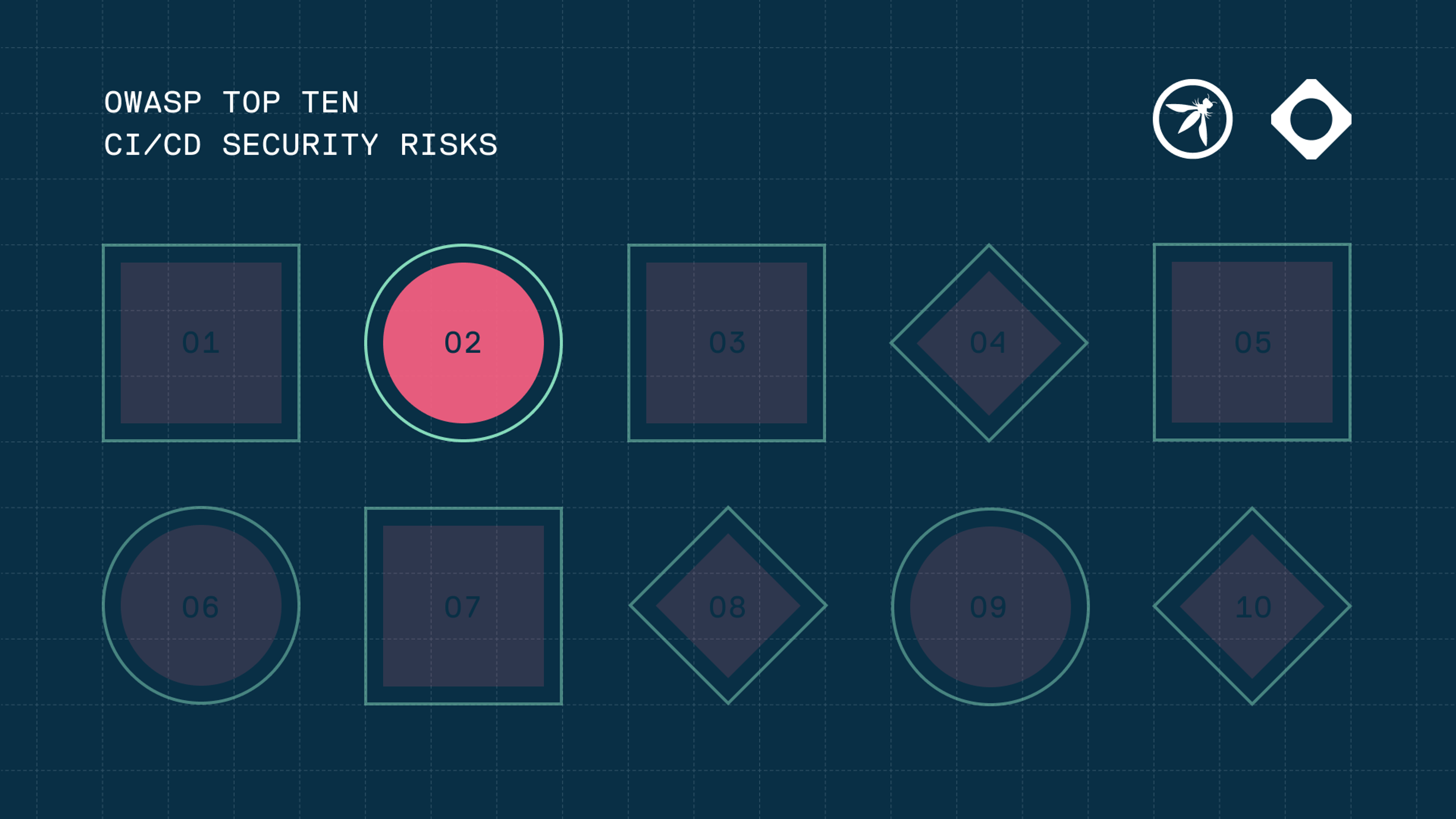
OWASP CI/CD Part 2: Inadequate IAM
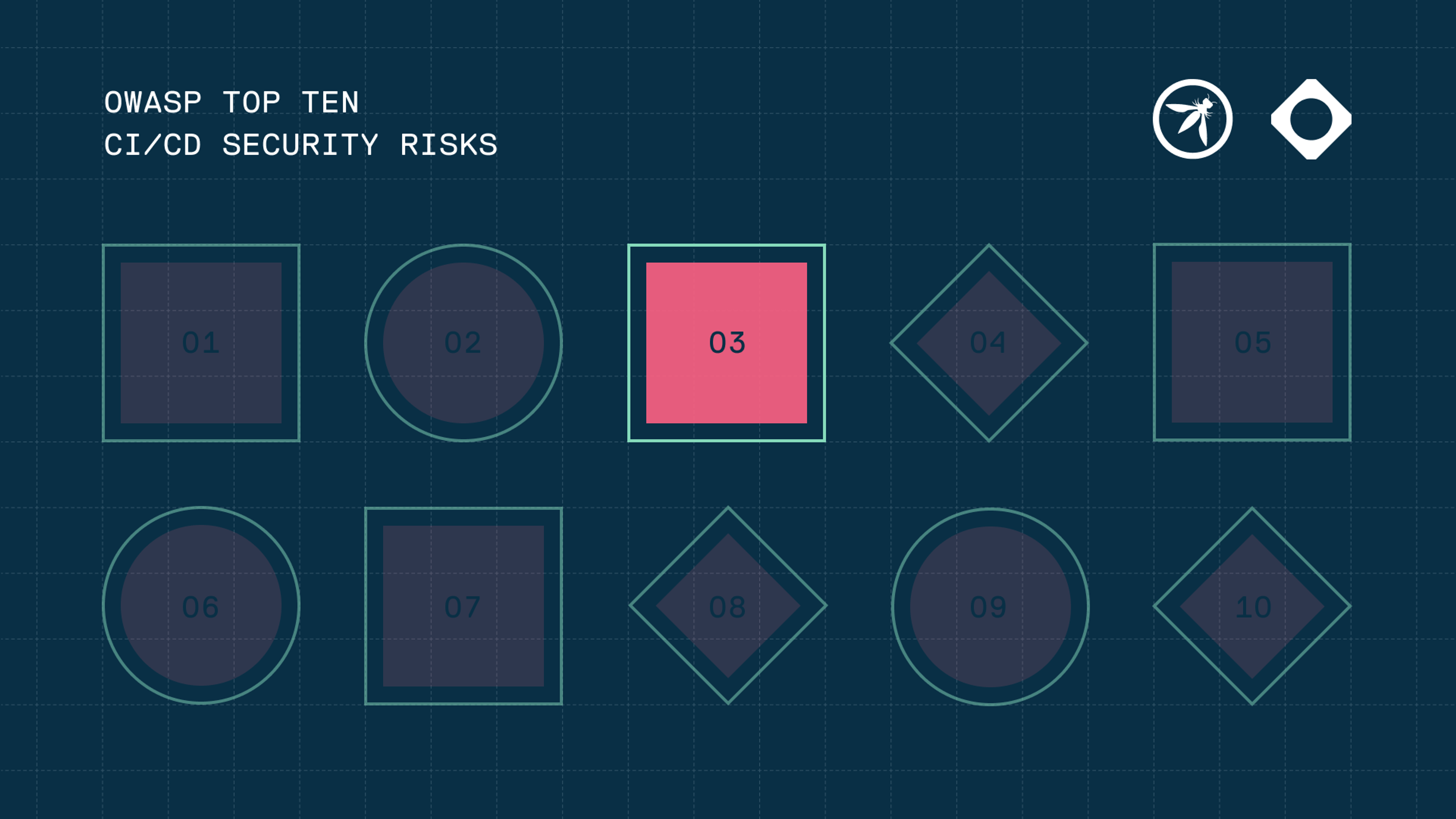
OWASP CI/CD Part 3: Dependency Chain Abuse
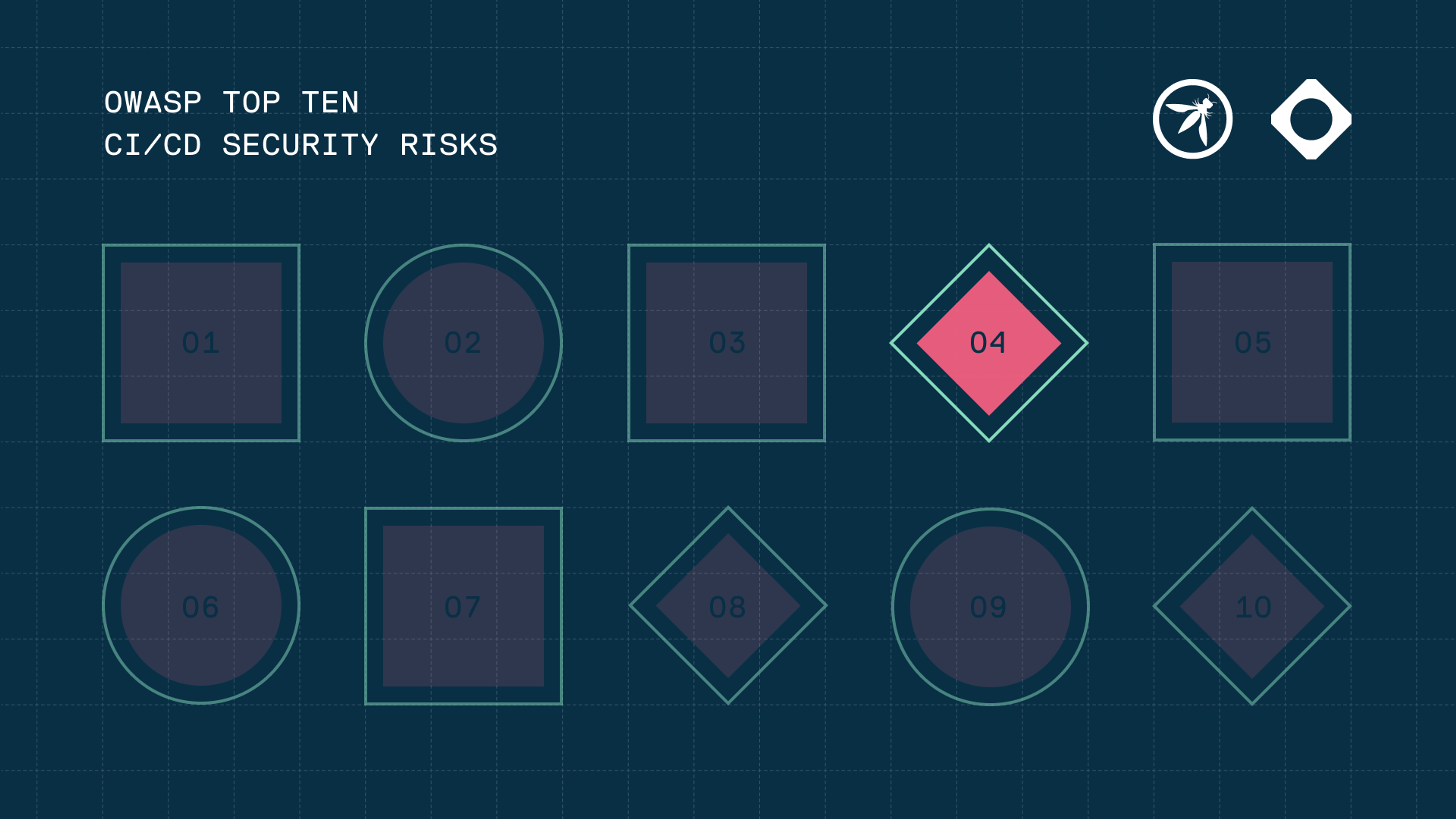
OWASP CI/CD Part 4: Poisoned Pipeline Execution (PPE)
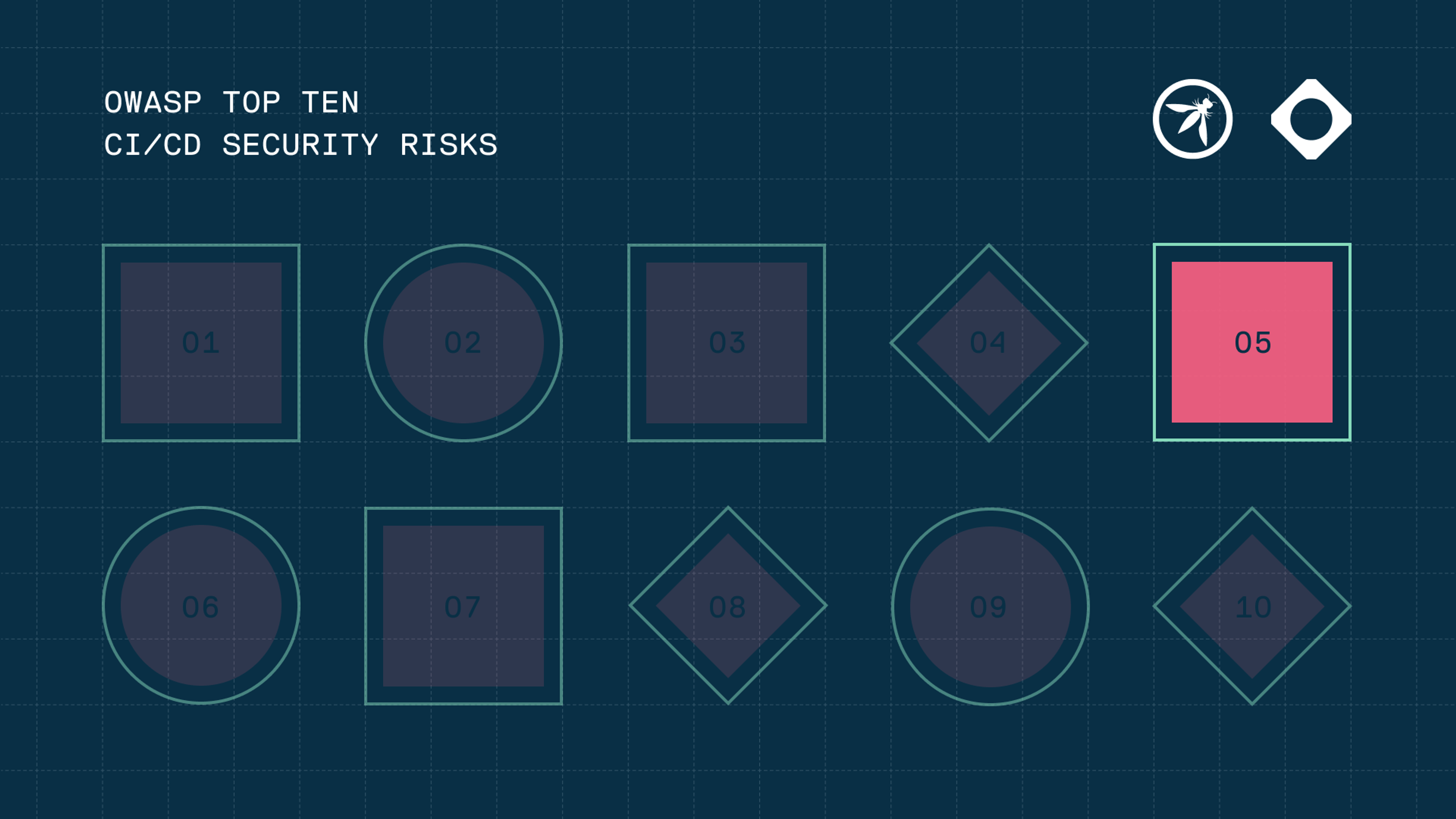
OWASP CI/CD Part 5: Insufficient PBAC
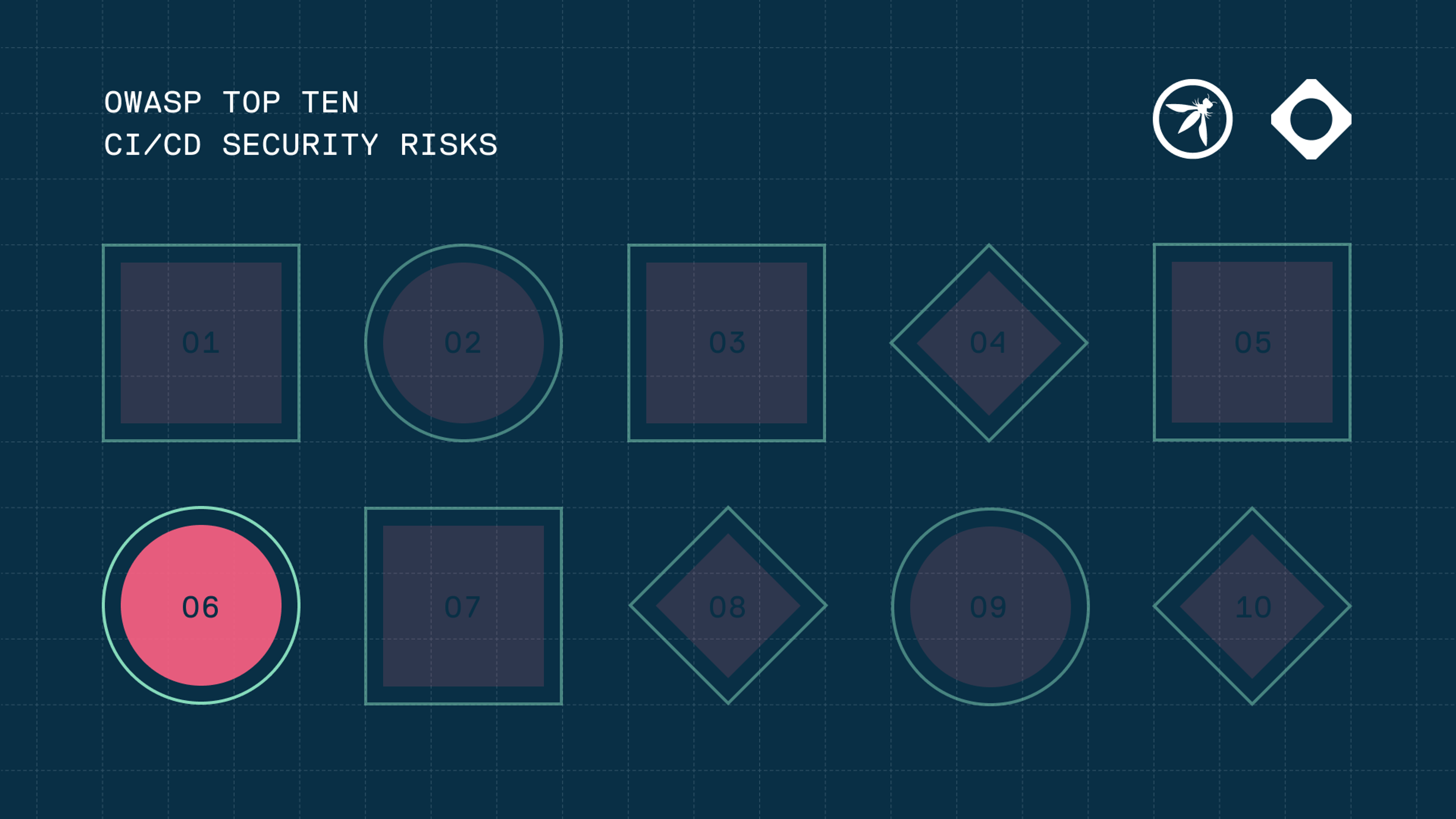
OWASP CI/CD Part 6: Insufficient Credential Hygiene
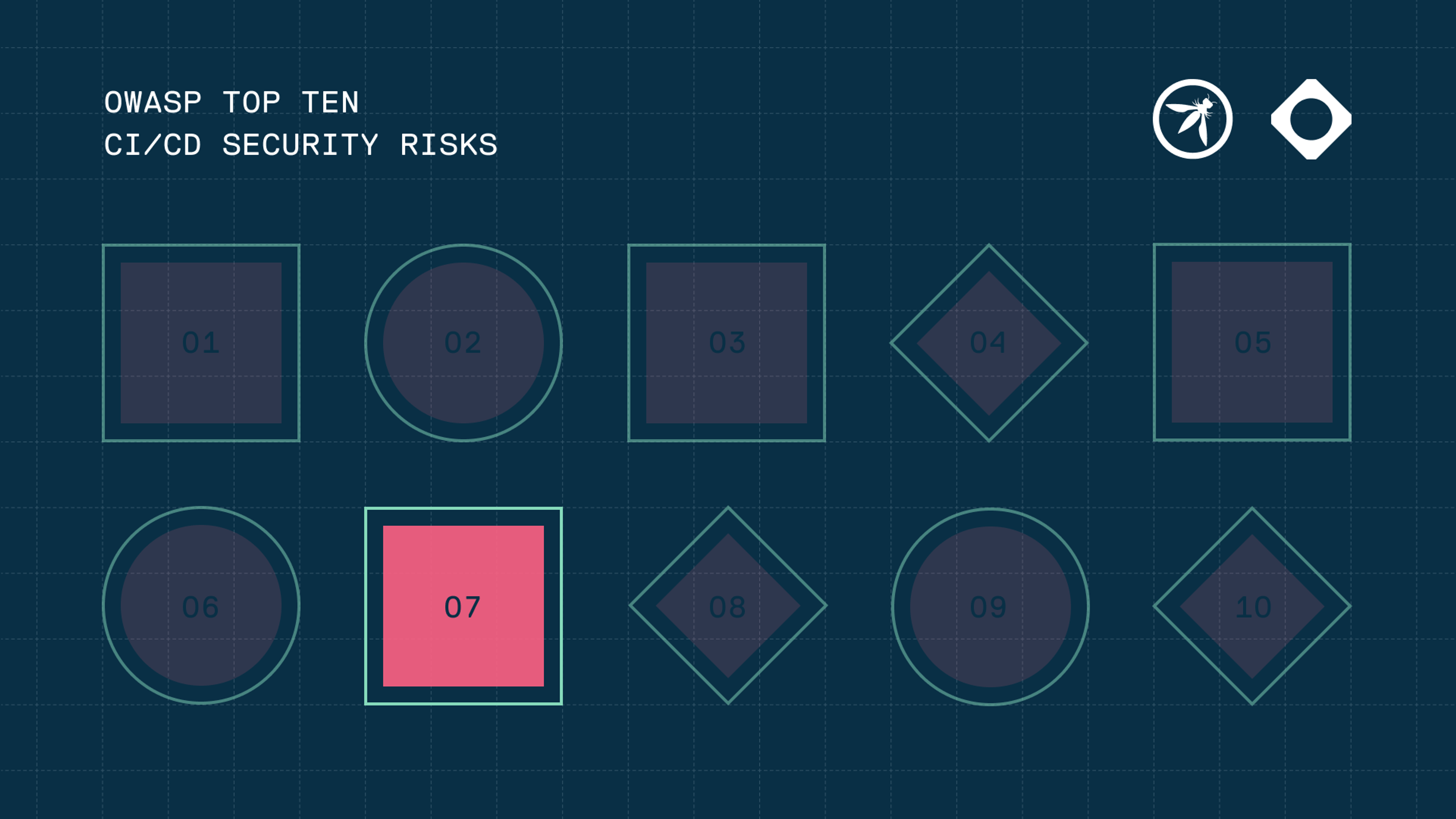
OWASP CI/CD Part 7: Insecure System Configuration
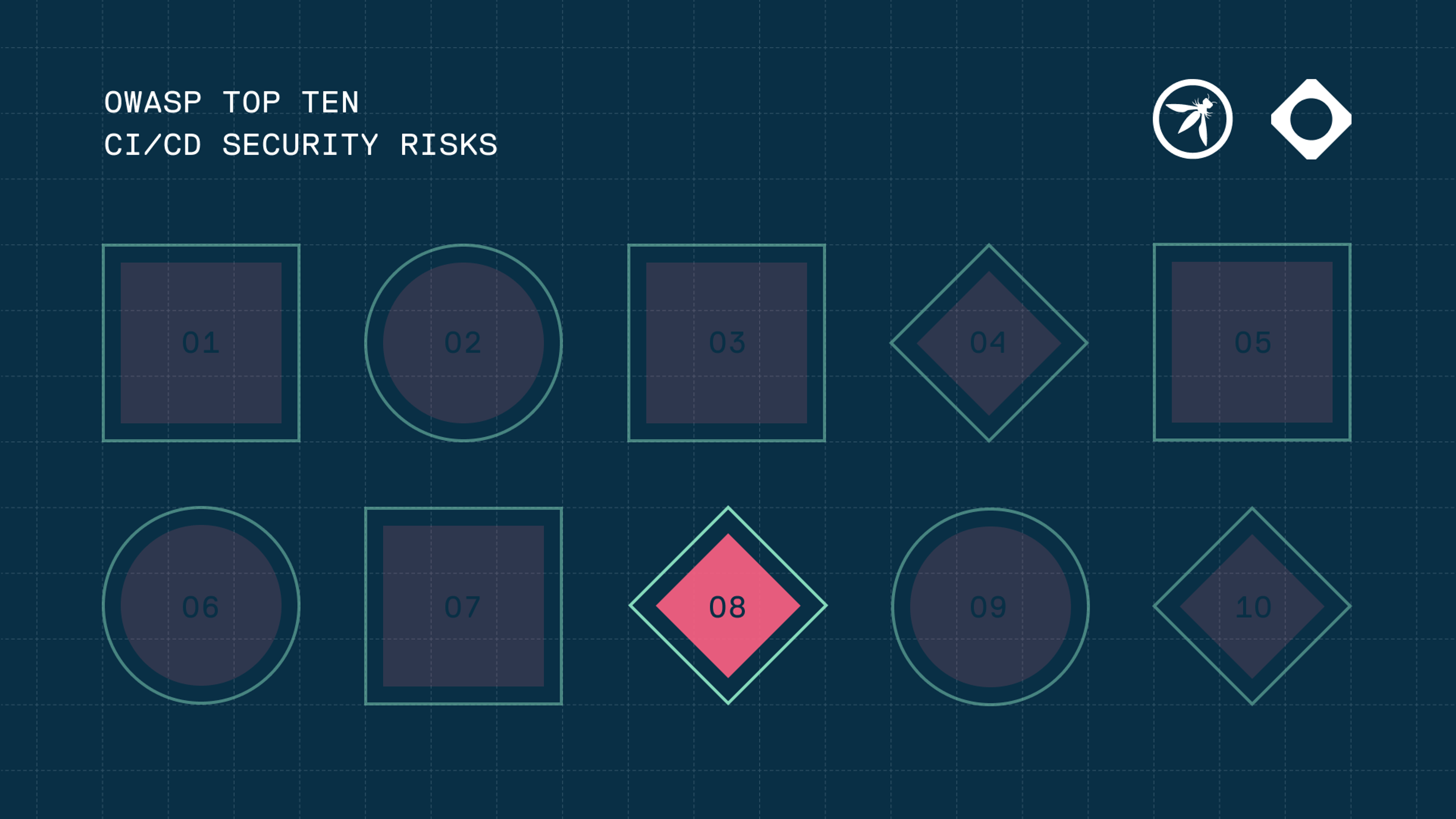
OWASP CI/CD Part 8: Ungoverned Usage of 3rd Party Services
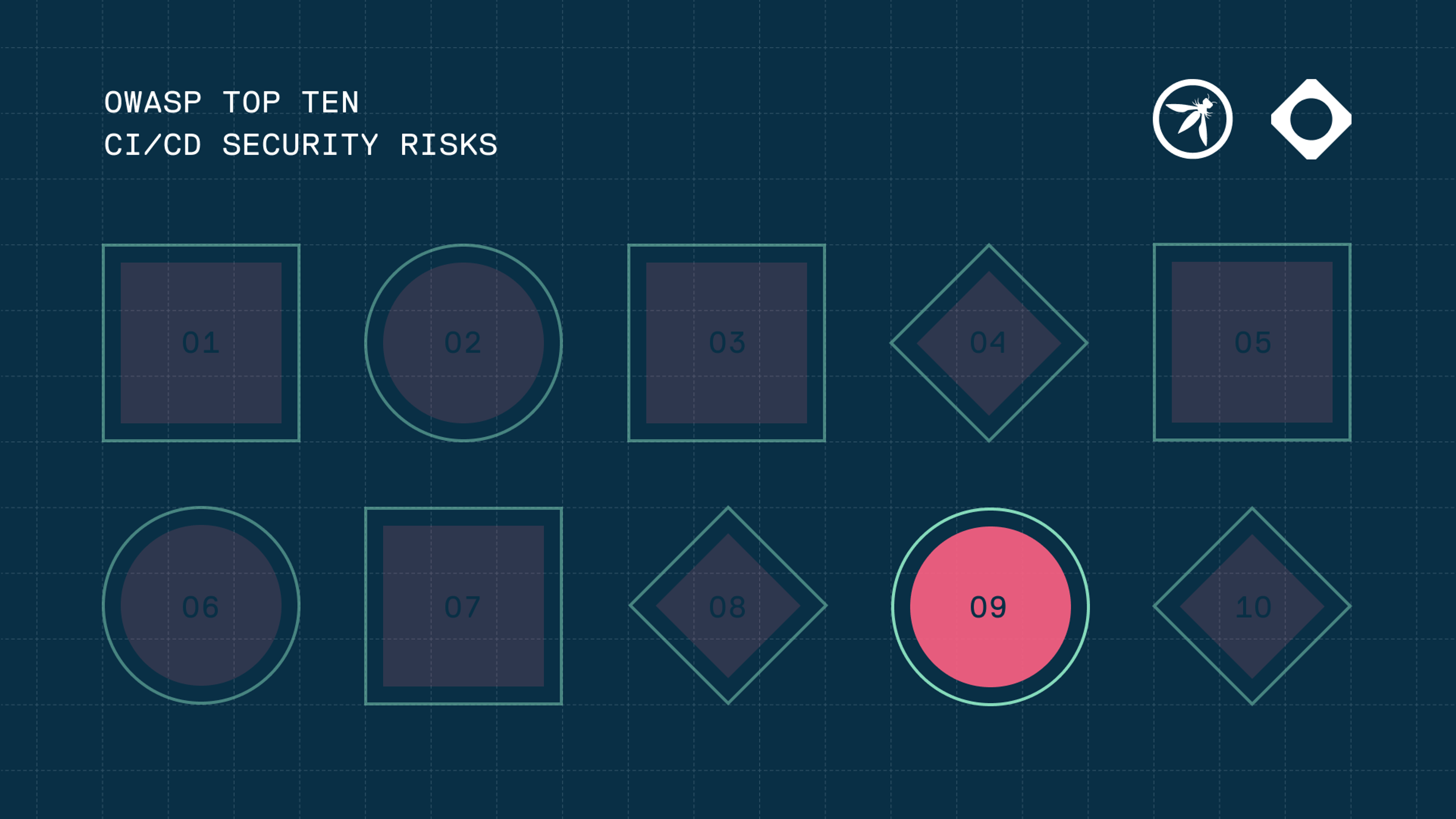
OWASP CI/CD Part 9: Improper Artifact Integrity Validation
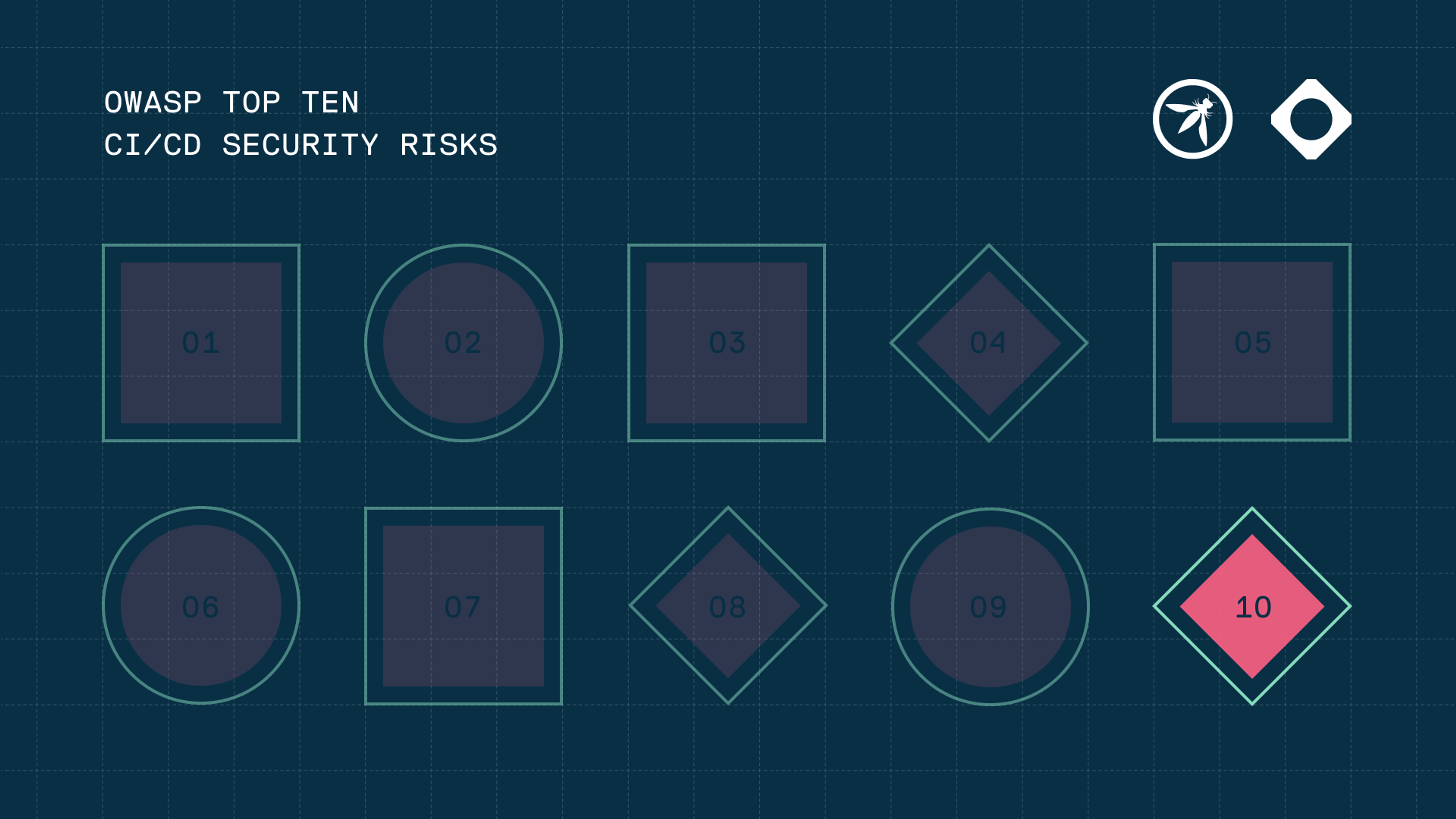
OWASP CI/CD Part 10: Insufficient Logging and Visibility
By submitting this form, you agree to our privacy policy
